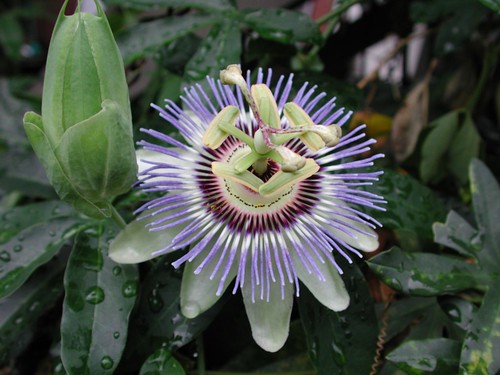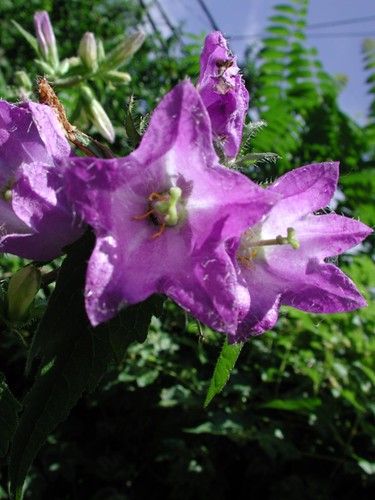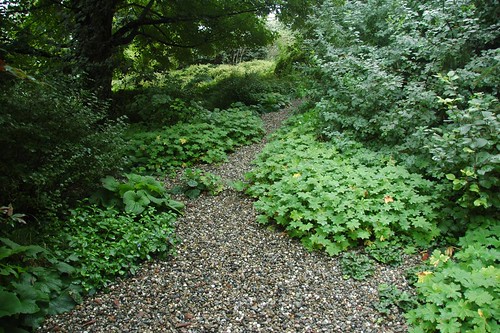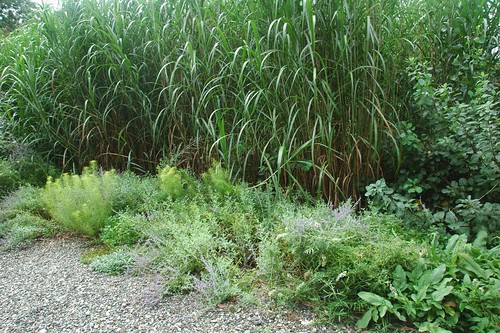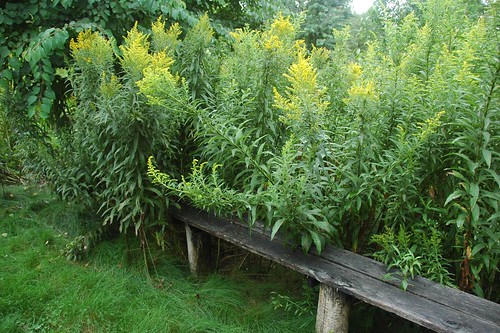Illumination of Earth by Sun at the northern solstice.
This season’s Solstice (Summer in the Northern hemisphere, Winter in the Southern), occurs at 17:16/5:16pm UTC on June 21, 2011. That’s 13:16/1:16pm where I am, in the Eastern Time zone, under Daylight Savings Time (UTC-4).
The name is derived from the Latin sol (sun) and sistere (to stand still), because at the solstices, the Sun stands still in declination; that is, its apparent movement north or south comes to a standstill.
– Solstice, Wikipedia
As the sun stands still, everything else seems to be in motion. Summer is in sway. The succession of insect emergences quickens its pace even as it near its end. Blooms seem to explode, with something new opening each day. Even so, the day after tomorrow will be shorter, the day after shorter still. The arc of gravity’s rainbow is masked by this abundance. So we celebrate it, as we should.
Some shots from past solstices in my gardens.
Garden #2 in Park Slope, 2001
Hydrangea quercifolia, Oak-Leaf Hydrangea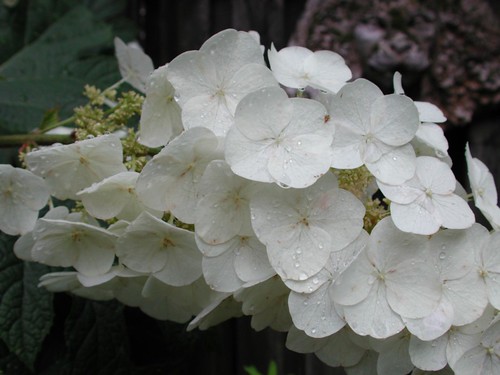
Garden #4, Flatbush, 2008
Asclepias incarnata, Swamp Milkweed, 2008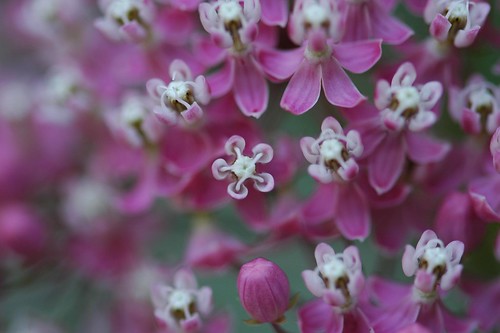
Echinacea pallida, Pale Coneflower 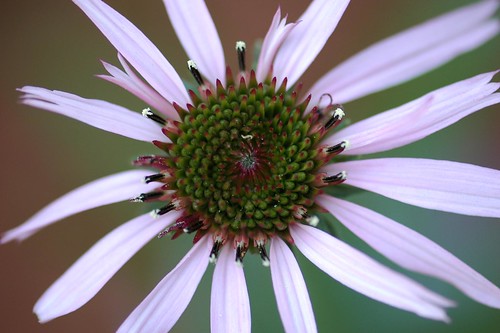
Related Posts
Winter 2009: Standing Still, Looking Ahead
Summer 2008: Happy Solstice
Winter 2008: Stand Still / Dona Nobis Pacem
Winter 2007: Solstice: The Sun Stands Still
Links
Solstice, Wikipedia

